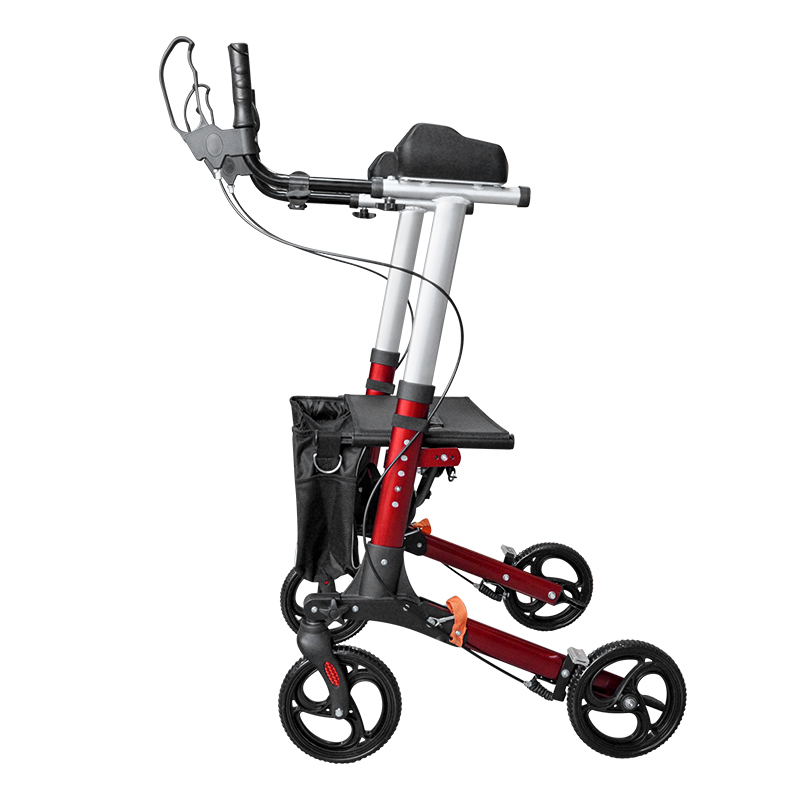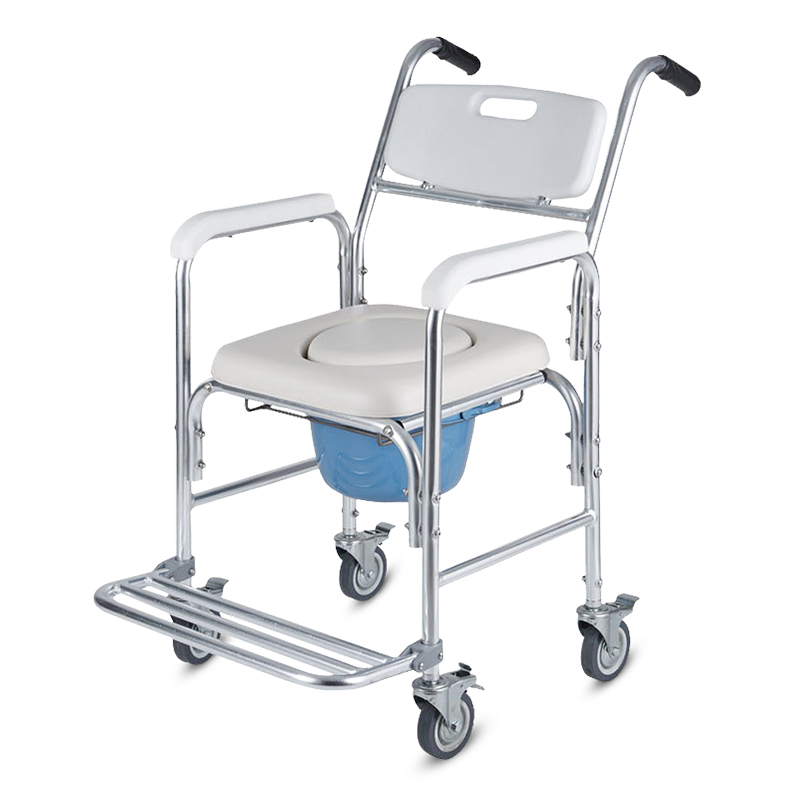The bathroom is a space where both functionality and comfort are crucial. Among the various elements that contribute to a bathroom's usability, two essential features stand out: the toilet seat and the toilet rail. While these might seem like mundane components, they play a significant role in promoting safety and convenience for users of all ages, particularly the elderly and individuals with mobility challenges.
Toilet Seat: A Balance Between Comfort and Hygiene
The toilet seat, a seemingly trivial fixture, is a critical part of any bathroom. Its design has evolved over the years, focusing on both comfort and hygiene. Initially, toilet seats were primarily made of wood, but modern options include materials like plastic, polypropylene, and even cushioned varieties. The choice of material and shape can significantly impact user comfort.
Moreover, the importance of proper hygiene cannot be overlooked. Advanced designs now incorporate features such as soft-close mechanisms, which prevent slamming and reduce wear and tear. Additionally, some seats have built-in bidet functions, adding a layer of cleanliness and convenience. These innovative features not only improve user experience but also contribute to a more environmentally friendly approach by reducing the need for excess toilet paper.
Toilet Rails: A Supportive Companion
Toilet rails, also known as grab bars, are an integral part of an inclusive and accessible bathroom design. These unassuming fixtures are especially crucial for the elderly and those with limited mobility. Toilet rails are typically installed adjacent to the toilet, offering users a stable and secure support system while sitting down or standing up.
The presence of toilet rails significantly reduces the risk of accidents, such as slips and falls. Elderly individuals, who might struggle with balance, can rely on these sturdy bars to maintain their equilibrium. Moreover, people recovering from surgery or injuries can find solace in the added assistance that toilet rails provide, allowing them to regain their independence more quickly.
The Synergy Between Toilet Seats and Toilet Rails
The synergy between toilet seats and toilet rails can greatly enhance the bathroom experience, especially for individuals with specific needs. For instance, a raised toilet seat – a seat positioned higher than standard ones – combined with strategically placed toilet rails, can make a world of difference for seniors or those with mobility impairments. This configuration minimizes the strain on joints and muscles, making toileting routines much more manageable.
The combination of these features extends beyond physical comfort. It impacts mental well-being as well. Knowing that one's bathroom is equipped with such thoughtful accessories fosters a sense of security and promotes a more dignified and independent lifestyle.
Inclusive and Considerate Design
The integration of toilet seats and toilet rails is a testament to the progress made in bathroom design, showcasing a commitment to inclusivity and consideration for various user needs. These features not only enhance comfort but also empower individuals to maintain their personal hygiene and daily routines with ease.
As we move forward, it's essential to prioritize bathroom designs that cater to everyone, regardless of age or physical condition. Incorporating ergonomic toilet seats and strategically positioned toilet rails can contribute to safer, more accessible, and ultimately more welcoming bathroom spaces.
In conclusion, the toilet seat and toilet rail might seem like mundane components, but their impact on bathroom usability, safety, and comfort cannot be underestimated. As technology and design continue to advance, these features will likely evolve even further, ensuring that our bathrooms remain havens of convenience and support for all.

 English
English Français
Français Español
Español Deutsch
Deutsch














